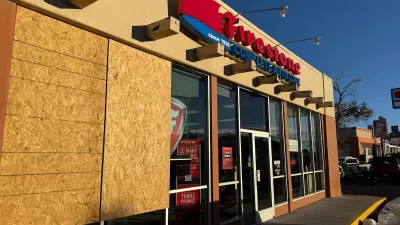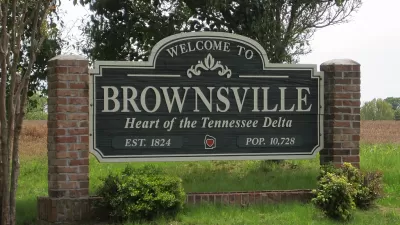A plan from the state’s State Historic Preservation Commission outlines priorities for preserving Oregon’s cultural and historic resources.

A newly released plan from the Oregon State Historic Preservation Office outlines the state’s plan for preserving “special traditions, collections and places” categorized under four key areas: building the heritage community; preservation planning; identifying, evaluating, designating, and treating cultural resources; federal , state, and local government; and information technology tools.
As a KTVZ article explains, “The plan includes goals and objectives to address each issue, and work to include more people and broaden the scope of the history preserved it threaded through the response to each issue.” The plan calls for proactively identifying cultural resources and planning for their future, increasing government transparency and efficiency in preservation efforts, and digitizing resources and collections from various institutions.
The document encourages collaboration between various stakeholders including federal, local, and tribal governments, local museums and historical societies, community groups, and others. “The plan emphasizes how these actors can take action and work together to enhance livability, community connection, and economic development through preservation of and access to cultural resources.”
FULL STORY: 2024-2033 statewide plan for preserving Oregon’s historic places released

Alabama: Trump Terminates Settlements for Black Communities Harmed By Raw Sewage
Trump deemed the landmark civil rights agreement “illegal DEI and environmental justice policy.”

Planetizen Federal Action Tracker
A weekly monitor of how Trump’s orders and actions are impacting planners and planning in America.

The 120 Year Old Tiny Home Villages That Sheltered San Francisco’s Earthquake Refugees
More than a century ago, San Francisco mobilized to house thousands of residents displaced by the 1906 earthquake. Could their strategy offer a model for the present?

LA’s Tree Emergency Goes Beyond Vandalism
After a vandal destroyed dozens of downtown LA trees, Mayor Karen Bass vowed to replace them. Days later, she slashed the city’s tree budget.

Sacramento Leads Nation With Bus-Mounted Bike Lane Enforcement Cameras
The city is the first to use its bus-mounted traffic enforcement system to cite drivers who park or drive in bike lanes.

Seattle Voters Approve Social Housing Referendum
Voters approved a corporate tax to fund the city’s housing authority despite an opposition campaign funded by Amazon and Microsoft.
Urban Design for Planners 1: Software Tools
This six-course series explores essential urban design concepts using open source software and equips planners with the tools they need to participate fully in the urban design process.
Planning for Universal Design
Learn the tools for implementing Universal Design in planning regulations.
Ada County Highway District
Clanton & Associates, Inc.
Jessamine County Fiscal Court
Institute for Housing and Urban Development Studies (IHS)
City of Grandview
Harvard GSD Executive Education
Toledo-Lucas County Plan Commissions
Salt Lake City
NYU Wagner Graduate School of Public Service





























